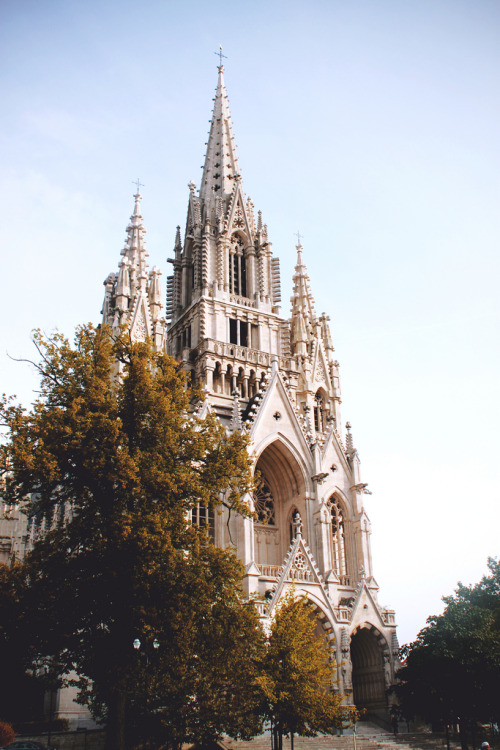Brussels officially the Brussels-Capital Region (French: Région de Bruxelles-Capitale, Dutch: Brussels Hoofdstedelijk Gewest), is the capital and largest city of Belgium and de facto the capital of the European Union (EU). It is also the largest urban area in Belgium, comprising 19 municipalities, including the municipality of the City of Brussels, which is the de jure capital of Belgium, in addition to the seat of the French Community of Belgium and of the Flemish Community.
Brussels has grown from a 10th-century fortress town founded by a descendant of Charlemagne to a sizeable city. The city has a population of 1.2 million and a metropolitan area with a population of over 1.8 million, both of them the largest in Belgium. Since the end of the Second World War, Brussels has been a principal centre for international politics. Hosting principal EU institutions and the headquarters of the North Atlantic Treaty Organization (NATO), the city has become the home of numerous international organisations, politicians, diplomats and civil servants.
Historically Dutch-speaking, Brussels has seen a major shift to French since Belgian independence in 1830. Today, although the majority language is French, the city is officially bilingual. All road signs, street names, and many advertisements and services are shown in both languages. Brussels is increasingly becoming multilingual with increasing numbers of migrants, expatriates and minority groups speaking their own languages.
The Brussels-Capital Region is one of the three Regions of Belgium, while the French Community of Belgium and the Flemish Community do exercise, each for their part, their cultural competencies on the territory of the Region. French and Dutch are the official languages; most public services are bilingual (exceptions being education and a couple of others). The Capital Region is predominantly French-speaking—about 60–85% of the population are French-speakers (including migrants and second language speakers), and about 10–15% are native Dutch-speakers. In January 2006, of its registered inhabitants, 73.1% are Belgian nationals, 4.1% French nationals, 12.0% other EU nationals (usually expressing themselves in either French or English), 4.0% Moroccan nationals, and 6.8% other non-EU nationals.
Source:
Picture:Link:
Wikipedia:Link:

0 comments:
Post a Comment